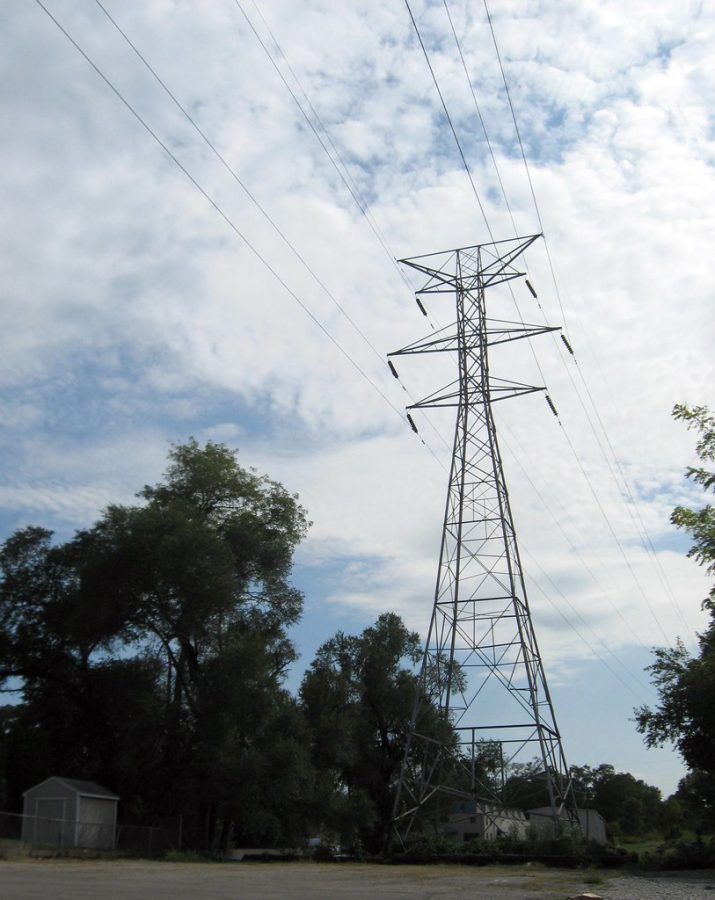How Power Gets To Your Home
The Electrical Transmission System And How It Functions.
It is always when you flip a switch or plug in an electrical cord, but electricity needs to travel a long way to get to your house. Depending on the location, generating stations can be hundreds of kilometers away. Every cable and pole you see is a part of the power transmission and distribution system. Through the electrical grid, generating systems from all throughout the country are linked. In hot weather, if one power production system is unable to provide enough electricity to power all of the air conditioners, another generation system can transfer it where it is needed.
What Are Transformers
To understand how electricity is transmitted from power plants to your house, you first need to understand how transformers work. A transformer is made from two or more coils of insulated wire wrapped around a core made of iron. When voltage is applied to one coil (input), the iron core is magnetized, causing the voltage to be produced in the other coil (output). The amount of voltage transformation depends on the turns ratio of the two sets of windings. Step-up transformers step up the voltage applied to it. For example, a 220v product is powered by a 110v power supply. Step-down transformers step down the voltage being applied. For example, a 110v product is powered by a 220v power supply.
Here’s How Electricity Gets to Your House
1. Electricity is made at a generating station by huge generators. Generating stations can use wind, coal, natural gas, or water.
2. The current is sent through transformers to increase the voltage to push the power long distances.
3. The electrical charge goes through high-voltage transmission lines that stretch across the country.
4. It reaches a substation, where the voltage is lowered so it can be sent on smaller power lines.
5. It travels through distribution lines to your neighborhood. Smaller transformers reduce the voltage again to make the power safe to use in our homes. These smaller transformers may be mounted on the poles or sitting on the ground (they’re the big green boxes, called pad mount transformers).
6. It connects to your house and passes through a meter that measures how much your family uses.
7. The electricity goes to the service panel in your basement or garage, where breakers or fuses protect the wires inside your house from being overloaded. (Never touch a service panel! It is only to be operated by your parents or a professional.)
8. The electricity travels through wires inside the walls to the outlets and switches all over your house.
How Are We Billed For Our Electricity Use
Our electricity bill is split up into three parts, the transmission, supply, and distribution charge. The supply charge is the charge coming directly from the power plants and the charge for generating electricity. The transmission and distribution charge charges the building and maintenance of the wires and poles that transport electricity. The miscellaneous charges may be based on local renewable energy, distributing solar power, or energy efficiency.
Related Stories:
https://www.renaissancepowerandgas.com/how-does-electricity-get-to-my-home/
https://mrelectric.com/blog/how-does-electricity-get-to-your-home
https://science.howstuffworks.com/environmental/energy/power7.htm
https://www.epcor.com/learn/how-it-works/Pages/how-does-power-get-to-your-home.aspx
https://blog.arcadia.com/the-power-grid/
Take Action: National Power Corporation Phone Number: 1.800.790.1672
National Power Corporation Website: https://www.nationalpower.com/











